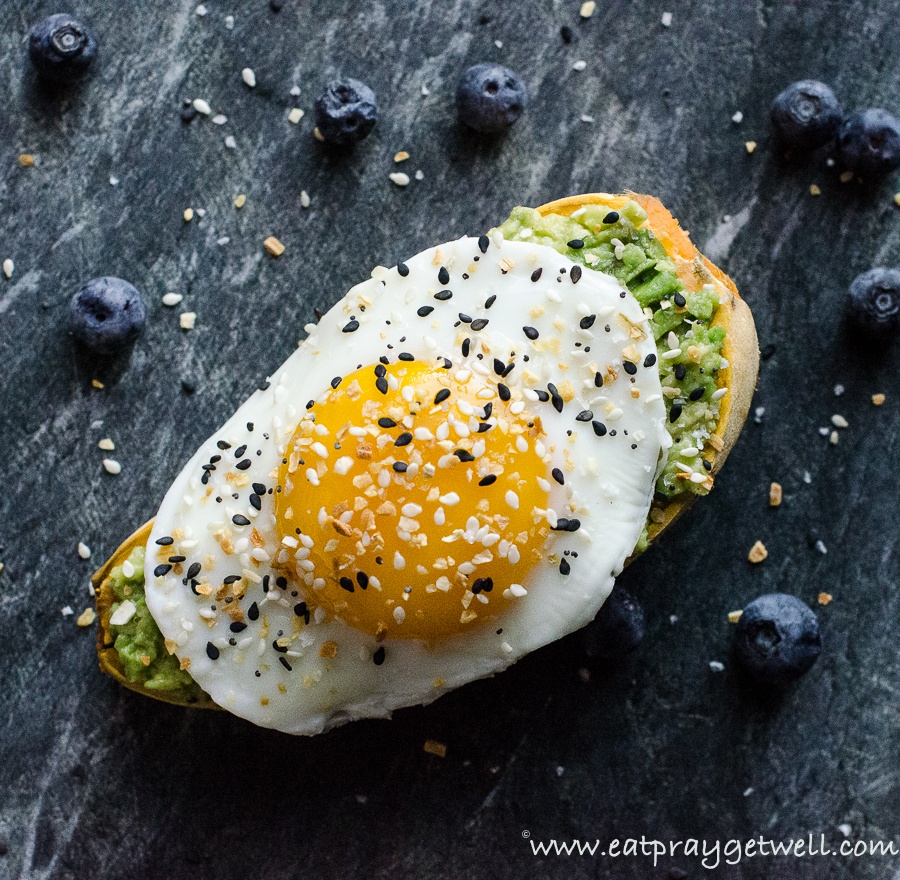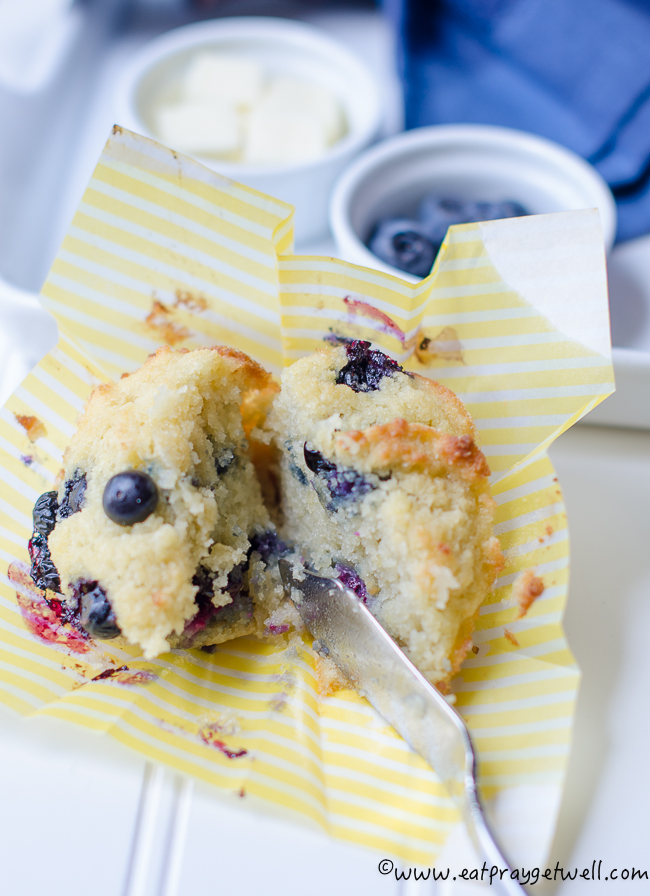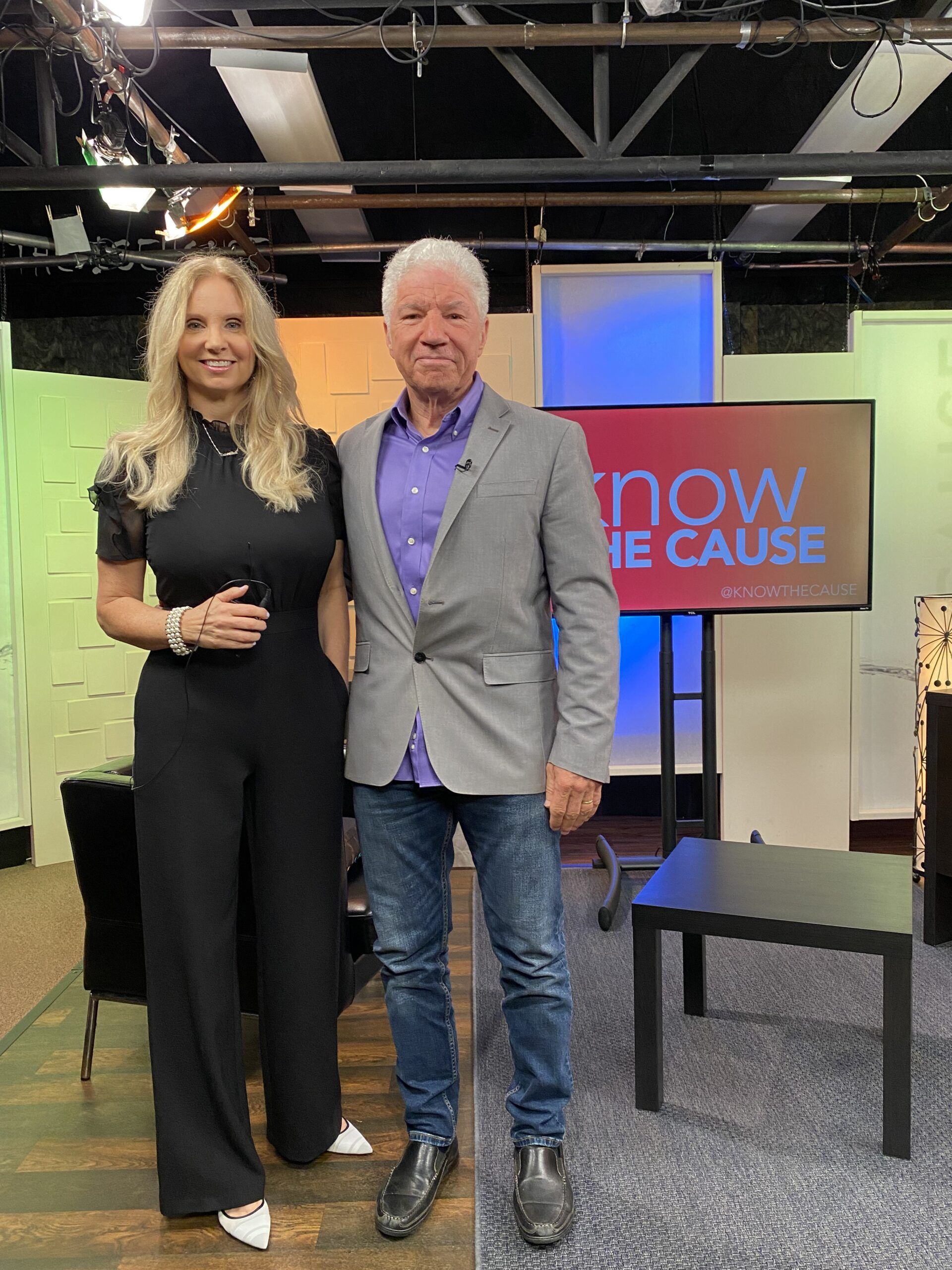What Can I Eat? (Kaufmann Diet Updated 2024)
The Kaufmann Diet Explained (by Doug Kaufmann)
“Fungi are known human parasites. They can enter our body in many ways, from inhalation to fugally contaminated food in our food supply, which is not uncommon. Several fungal species in our air and food supply make poisons substances called mycotoxins. The study of fungal poisons is a relatively new field of science. It’s genesis occurred in England in the early 1960’s when thousands of turkeys died from eating peanut meal that was impregnated with mycotoxins. We know that fungal mycotoxins can cause illness and death in animals and humans. In the 1970’s, when I began studying fungal diseases, I realized that peanuts were not the only foods that were contaminated with mycotoxins. From the scant literature on mycotoxins that existed in the 1970’s I developed a diet that minimized exposure to fungal poisons”.
Avoiding Certain Foods on the Kaufmann Diet
The premise for avoiding foods that feed fungi are quite simple; avoid yeast foods like bakers yeast and brewers yeast, avoid foods that contain fungal mycotoxins such as grains and alcoholic beverages and avoid eating fungi itself in mushrooms, corn and other foods. The premise has remained the same for decades in my books and diets. Advancements in my understanding of how fungus actually causes us to crave the foods required for its own survival (sugars/carbohydrates) and of foods that are either contaminated with fungus, or that feed fungus continue to this day. Concentrating on foods that kill mold in the body and avoiding foods that feed yeast and mold.
Keep in mind, however, if you are sick, always work with a healthcare professional when initiating dietary changes. If the underlying reason you are sick is linked to fungus, The Kaufmann Diets, although initially causing a die-off reaction in some people for a short time, may have you feeling significant improvement within a few weeks.
The KAUFMANN 1 DIET
1. Sugar/Sweeteners
Allowed: Stevia and corncob or birch tree bark xylitol
No sugar including honey, agave, or other “natural” sweeteners. Aspartame and other artificial sweeteners are not allowed on the diet.
2. Fruit
Allowed: Green apples, berries, avocados, fresh coconut, grapefruit, lemons, limes, and tomatoes
3. Meat
Allowed: Virtually all fresh, minimally processed meats. These include, beef, lamb, bison, turkey, chicken, pork, venison, etc. This also includes fish such as salmon, tuna, and shellfish. Wild-caught fish and grass-fed or pasture-raised meats are always preferable. Avoid conventionally raised meat and farmed fish whenever possible. Added antibiotics and/or hormones may affect fungal proliferation.
Excluded: Avoid processed deli meat and avoid breaded meats, as well.
4. Eggs
Excluded: Egg substitutes.
5. Dairy
See the full Kaufmann Diet Phase 1 Food List.
A Note About Dairy
Keep in mind that dairy foods are often allergy foods. Dairy products can also be mucous producing. As a general rule, the dairy foods chosen on the Kaufmann 1 Diet are high in fat and low in milk sugar (lactose.)
Do you eat daily products daily? Most of us do! If you are not allergic to dairy foods, and you are not over consuming them currently, you can enjoy them minimally while on the Kaufmann 1 Diet.
Allowed: BUTTER is a high fat product, but as such, contains only tiny amounts of lactose.
GHEE (clarified butter)
YOGURT- Goat yogurt, in moderation, is OK. Live cultured dairy probiotics contain relatively little lactose. Try to get higher fat yogurt with live bacterial cultures.
HEAVY CREAM-The fat skimmed off the top of milk creates heavy cream and it is about 37% fat. It contains almost no lactose (sugar), making it favorable on this diet. Therefore, unsweetened whipping cream, since it is heavy cream, is also OK.
SOUR CREAM-made from real cream. There are now many suppliers of lactose free sour cream. Cultured sour cream is preferred since a bacterium (streptococcus) is used in the process. Vinegars are used in non-cultured sour cream.
CREAM CHEESE-this is a low lactose cheese. There are now many suppliers of lactose free cream cheese. Once you reach Kaufmann 2 you may add in cheddar and parmesan cheese.
Avoid: Milk, other cheeses, margarine, or other butter substitutes. Avoid rice or soybean substitutes.
DAIRY SUBSTITUTES:
The list of dairy free cheeses, and milk substitutes grows monthly. There are many on the market now. As a general rule, unsweetened goat, coconut, almond and hemp dairy substitutes are acceptable. Be careful and read labels, as milk can sneak into the product with words like “casein” and “whey.” Check for other ingredients as well.
6. Vegetables
Allowed: Virtually all-fresh, unblemished vegetables and especially greens, so juicing fresh, organic vegetables and spices (ginger/turmeric root) is acceptable.
Excluded: Potatoes and sweet potatoes, legumes (including beans, peas, and green beans), Mushrooms and corn.
7. Beverages
Allowed: Filtered water, fresh-squeezed vegetable juices, and unsweetened herbal teas. Unsweetened almond milk, coconut milk, and various other nut milks are fine.
Can I Drink Alcohol?
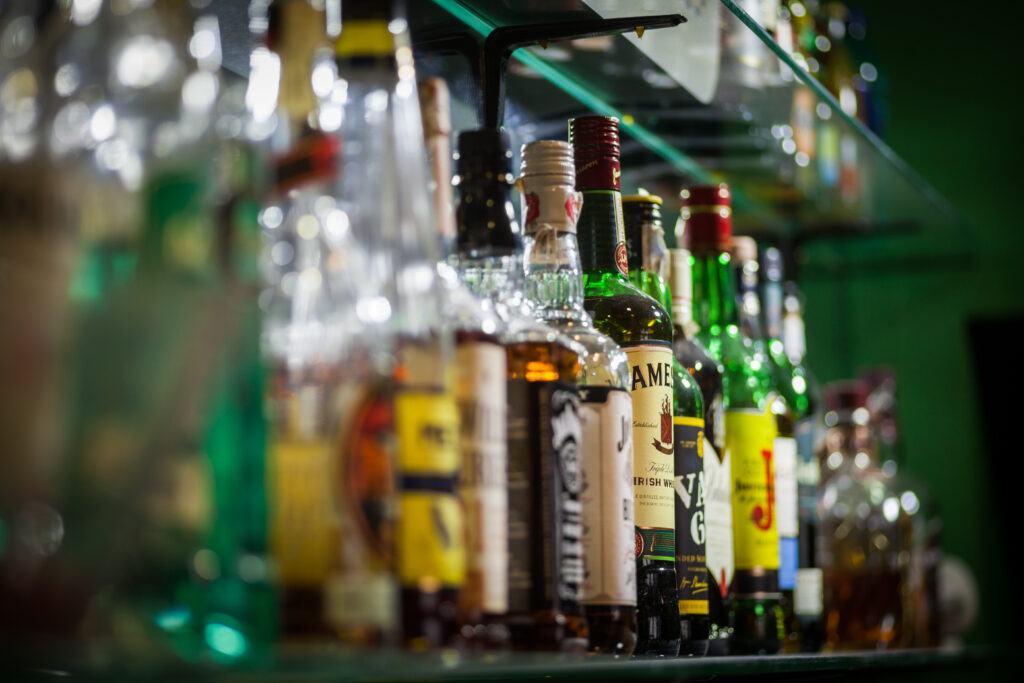
Excluded: All alcoholic beverages are off limits. A component of The Kaufmann 1 Diet involves avoiding foods and drinks that are addictive. For this reason, and others, coffee, regular black tea and sodas are excluded. Making flavored water beverages yourself with proper ingredients, seems to be well tolerated, but please enjoy them in moderation.
8. Grains
Allowed: Pseudo-grains, such as quinoa, amaranth, buckwheat, and millet. These are actually seeds and not grains.
Excluded: Virtually all grains. These include corn, wheat, oats, barley, rye, spelt and any foods containing these ingredients, including bread, pasta, cakes, crackers, and other processed foods. Keep in mind that sugar is a grain!
9. Yeast Products and Fungal Foods
Allowed: None. Be careful of foods that are fermented using yeast. Be vigilant in reading labels, because yeast and its byproducts are sometimes cleverly inserted into labels.
Excluded: All products that contain yeast. This includes alcohol, bread, etc. Any type of fungus, such as mushrooms and truffles, or foods that might contain fungus or fungal byproducts, such as certain aged cheeses or “myco-protein” or “nutritional yeasts,” are to be avoided.
10. Vinegars/Fermented Food Products
Apple Cider Vinegar & Fermented Foods
Allowed: Unpasteurized apple cider vinegar. Know that all vinegars are acidic. The fermentation of sugars is used to make vinegar. Additionally, apple cider vinegar has been found to have antifungal properties against several fungal species, making it allowable. Sauerkraut is a lactic acid product. Lactic acid fermentation creates conditions favorable to lactic acid producing good microorganisms like lactobacillus.
Excluded: Virtually all others, including other vinegars, most salad dressings or sauces, including soy sauce.
A Word about Soy Sauce
Soybeans are the 2nd largest crop grown in America, following corn. If you must have soy sauce, try to find the 10% of non-GMO (Genetically Modified Organisms) soybeans that exist. The other 90% are GMO soybeans and according to an educational website, nearly all of that 90% involve the use of a product called “Roundup” on the beans. Furthermore, know and understand that the darker or thicker soy sauces use molasses or caramel coloring added during the fermentation process.
11. Oils
Olive oil, macadamia nut oil, coconut oil, grape seed oil, flax seed oil, etc. Cold-pressed, extra virgin, and minimally processed, organic oils seem to be best.
Excluded: Most vegetable oils, hydrogenated oils, corn oil, peanut oil, truffle oil and canola oil.
A Word About Canola Oil
Genetically speaking, scientists make canola oil by integrating rapeseed genes with the canola plant genes. Canola oil is rapeseed oil, from which most of the toxic monounsaturated omega-9 fatty acid (erucic acid) has been removed through specific breeding. Although rapeseed oil is high in eruct acid, food-grade canola oil is engineered and regulated to contain a maximum of 2% uric acid in the USA. Europe’s equivalent of the US FDA states this about erucic acid: Erucic acid – a naturally occurring contaminant present in vegetable oil – is not a safety concern for most consumers as the average exposure is less than half the safe level.
12. Nuts & Seeds
Allowed: Nuts and seeds can be problematic for those who suffer from fungal disorders. Broken seed shells and nutshells expose the nut to the elements and one of the elements is fungus! Most nuts and seeds are allowed on the diet, including walnuts, pecans, almonds, cashews, pumpkin seeds, etc. Try to purchase nuts with their shells intact. Of course, this is impossible when purchasing packaged pre-chopped nuts.
Excluded: Peanuts (including anything made with peanuts or peanut butter). Science has now published that pistachio nuts and sunflower seeds are sometimes contaminated with fungal mycotoxins so it is best to avoid those also.
The Kaufmann 2 Diet
A word of advice. If you are just starting the Kaufmann diet, Kaufmann diet friendly soups are an easy way to start. Check out my recipe section.
If your symptoms have improved while on The Kaufmann 1 Diet, your doctor may want to note on your chart that you likely have a food or fungal disorder. Many people begin to notice improvement and then disregard the diet hoping that relief will continue. Know that improvement doesn’t always translate to a cure, but some people report that following the diet for longer periods of time does help them manage their symptoms. Once you are feeling better, you may continue on the Kaufmann 1 Diet, or choose to challenge yourself with more foods.
Furthermore, the Kaufmann Diets provide the proteins, fats and carbohydrates necessary for great health. For many people, because relief was finally achieved while following the Kaufmann 1 Diet, continuing on the diet just makes sense. Others, however, may have been following the Kaufmann 1 Diet for reasons other than symptom or illness. In these cases, the question often comes up, “can I have more foods now?” It may be time to “experimentally graduate” to the Kaufmann 2 Diet.
Introducing More Food On Kaufmann Diet (Phase 2 Diet)
The Kaufmann 2 Diet introduces more foods into your diet. Be cautious when eating these new foods since the Kaufmann 2 Diet might bring back some of your symptoms. Theoretically, this indicates that the fungal condition being “staved” by the Kaufmann 1 Diet hasn’t quite cleared up yet and even small amounts of some of these carbohydrate rich foods might awaken the fungus and bring back symptoms. Additionally, consider also that you may have food allergies and have avoided those foods on the Kaufmann 1 Diet, thereby making you feel better, but not related to fungus at all. Reverting to The Kaufmann 1 Diet is easy and should have you feeling better quite quickly as you continue to experiment with new foods.
For many, The Kaufmann 2 Diet means testing common foods that used to be in your diet commonly, like coffee, beans and more fruits. Know that moderation is the key to success. Because of this, if you find certain foods that bring back old symptoms, for any reason, simply avoid those.
What You Can Eat On The Kaufmann Diet (Phase 2 Diet)
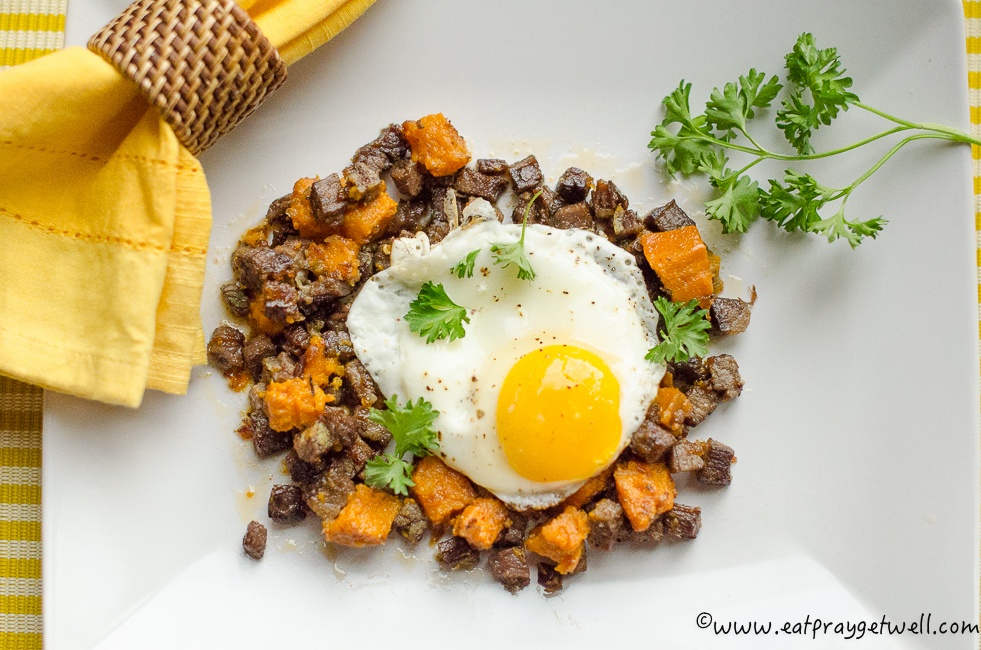 See my Kaufmann 2 Sweet Potato Corned Beef Recipe
See my Kaufmann 2 Sweet Potato Corned Beef Recipe
1. Sugar/Sweeteners
Same as Kaufmann 1, except you may experiment with minimal amounts of real Manuka honey, in moderation, as a trial. Manuka honey has antibacterial and anti-fungal properties, yet some people will be unable to tolerate any honey, or they attempt to challenge it too early in their recovery. However, when challenging Manuka honey, watch for changes in how you feel afterwards and base moderate continuation on that.
2. Fruit
Same as Kaufmann 1, except begin adding back fruits on occasion. The higher sugar content fruits are dates, watermelon, pineapple and banana, so be cautious of these. Bulk dried fruits run a higher risk for fungal contamination. Moreover, try red apples on occasion as you begin to add more foods into your diet. Again, watch for symptoms and know that while a red apple once may be a wonderful treat, but eating another the next day, might cause some symptoms to return. Don’t “load” too quickly.
3. Meat
Same as Kaufmann 1
4. Eggs
Same as Kaufmann 1
5. Dairy
Same as Kaufmann 1, except, lower lactose cheeses are OK to experiment with now.
A Word About Cheese
Cheeses that are very low in milk sugar (lactose) are cheddar, Parmesan (very high protein) and Swiss cheeses. As a general rule, aged cheese is low lactose cheese. Older cheese becomes hard because it looses its moisture content and with that comes lower milk sugar, therefore hard cheeses have much less lactose in it. Goat cheeses and milks are generally acceptable, but please be vigilant as well-meaning nutritional marketers can give hints of cow milk in their labels.
6. Vegetables
Allowed: Same as Kaufmann 1. You are now allowed to include (experiment) with sweet potatoes or yams, and legumes, including beans, peas, etc., in moderation.
Corn is not a vegetable-it is a grain. Mushrooms are not vegetables-they are considered fungi.
7. Beverages
Can I Drink Coffee?
Allowed: Same as Kaufmann 1. Since coffee is a bean, you may minimally experiment with coffee now. Be careful as fungal mycotoxins are sometimes found in coffee beans if their shells crack. Don’t go overboard with coffee. Stevia and Xylitol are good choices of sweeteners.
8. Grains
You can now add oats and brown rice in moderation. Again, do not overload on these grains and revert to Kaufmann 1, should symptoms begin to return.
Excluded: Same as Kaufmann 1
9. Yeast Products and Fungal Foods
Allowed and Excluded: Same as Kaufmann 1
10. Vinegars/Fermented Food Products
Allowed and Excluded: Same as Kaufmann 1
11. Oils
Allowed and Excluded: Same as Kaufmann 1
12. Nuts & Seeds
Allowed and Excluded: Same as Kaufmann 1 Phase I”
To see how to put all of these ingredient together see my recipe section
Mold – Treating Your Home And Body
If mold is the root cause of your illness treating your home and body for mold is important. My ENT gave me CitriDrops to lower the fungal load in my sinuses (I had four sinus surgeries) and a natural, safe antifungal spray for my home.
My Book – Eat Pray Get Well – A Journey from Chronic Illness & Brokenness to Wholeness & Healing
UPDATE – The SECOND edition of My book Eat Pray Get Well ~ has just hit shelves~ Forward written by Doug Kaufmann – TV Host of Know the Cause. It can be purchased here on my blog and on Amazon.com Exclusive Interviews in this second edition with Doug Kaufmann, Joe Cross – Fat, Sick & Nearly Dead, Supermodel Carol Alt – Carol healed her chronic illness with a raw food diet, Renowned Cardiologist Dr. Stephen Sinatra and Tommy Rosa – Authors of Health Revelations from Heaven and Earth, and more….
Best Mold Resources
Below is my television interview on PBS American Health Journal. The antifungal protocol I used and discuss on PBS can be found at Microbalance. This company was started by the physician also seen in the interview and specializes in mold illness.
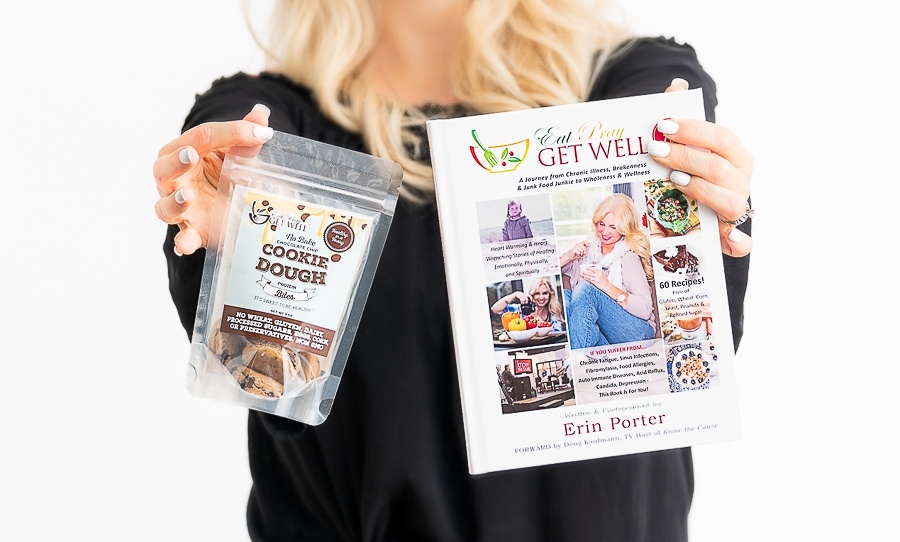
Eat Pray Get Well Book
If you suffer from Chronic Fatigue, Sinus Infections, Fibromyalgia, Food Allergies, Auto Immune Disease, Acid Reflux, Candida, Depression – this book is for you. Remember there are foods that kill mold in the body, a low mold diet is key.
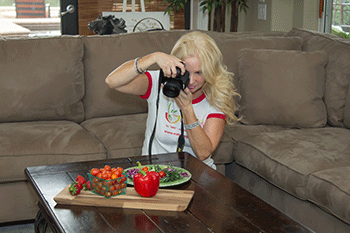
I have been fortunate to be featured on national Television including PBS American Health Journal, Know the Cause, CTN, ABC, NBC, CBS and more. I was sick for decades, endured many surgeries, took over 100 courses of antibiotics, and then I changed everything and everything changed. My book Eat Pray Get Well is about overcoming a tumultuous childhood, decades of chronic illness, and finding God in the process. Includes exclusive interviews with renowned Cardiologist Dr. Stephen Sinatra, Supermodel Carol Alt, Doug Kaufmann, and many more. Plus 55 gluten free recipes woven throughout.
As an Amazon Associate EatPrayGetWell.com earns from qualifying purchases. EatPrayGetWell.com also participates in affiliate programs with ShareASale and other sites. EatPrayGetWell.com is compensated for referring traffic and business to these companies.
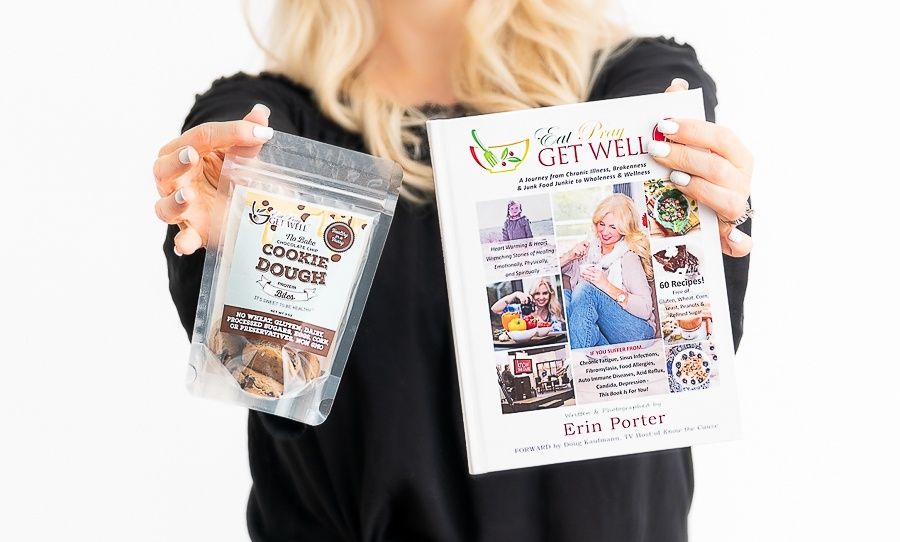
If you suffer from Chronic Fatigue, Sinus Infections, Fibromyalgia, Food Allergies, Auto Immune Disease, Acid Reflux, Candida, Depression – this book is for you.
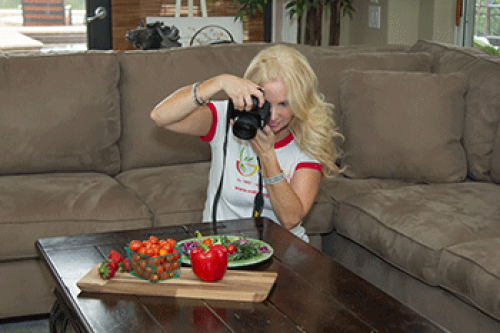
I have been fortunate to be featured on national Television including PBS American Health Journal, Know the Cause, CTN, ABC, NBC, CBS and more. I was sick for decades, endured many surgeries, took over 100 courses of antibiotics, and then I changed everything and everything changed. My book Eat Pray Get Well is about overcoming a tumultuous childhood, decades of chronic illness, and finding God in the process. Includes exclusive interviews with renowned Cardiologist Dr. Stephen Sinatra, Supermodel Carol Alt, Doug Kaufmann, and many more. Plus 55 gluten free recipes woven throughout.



